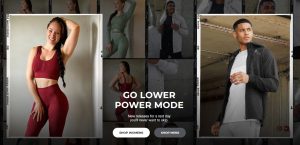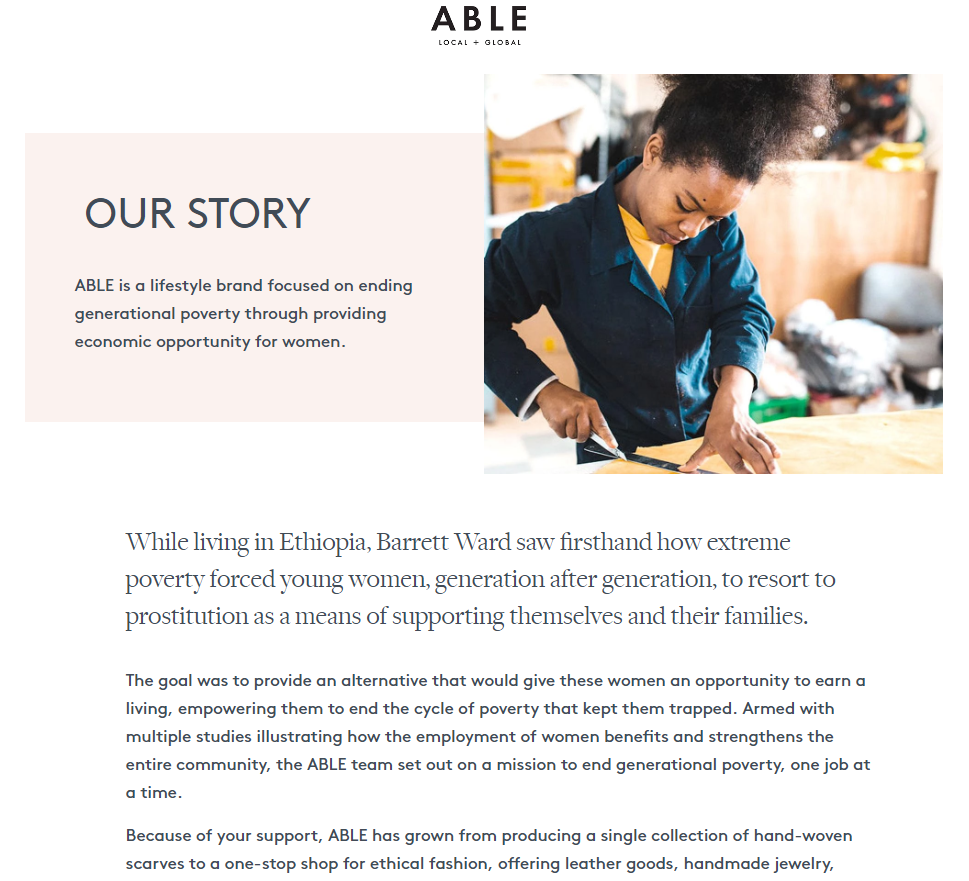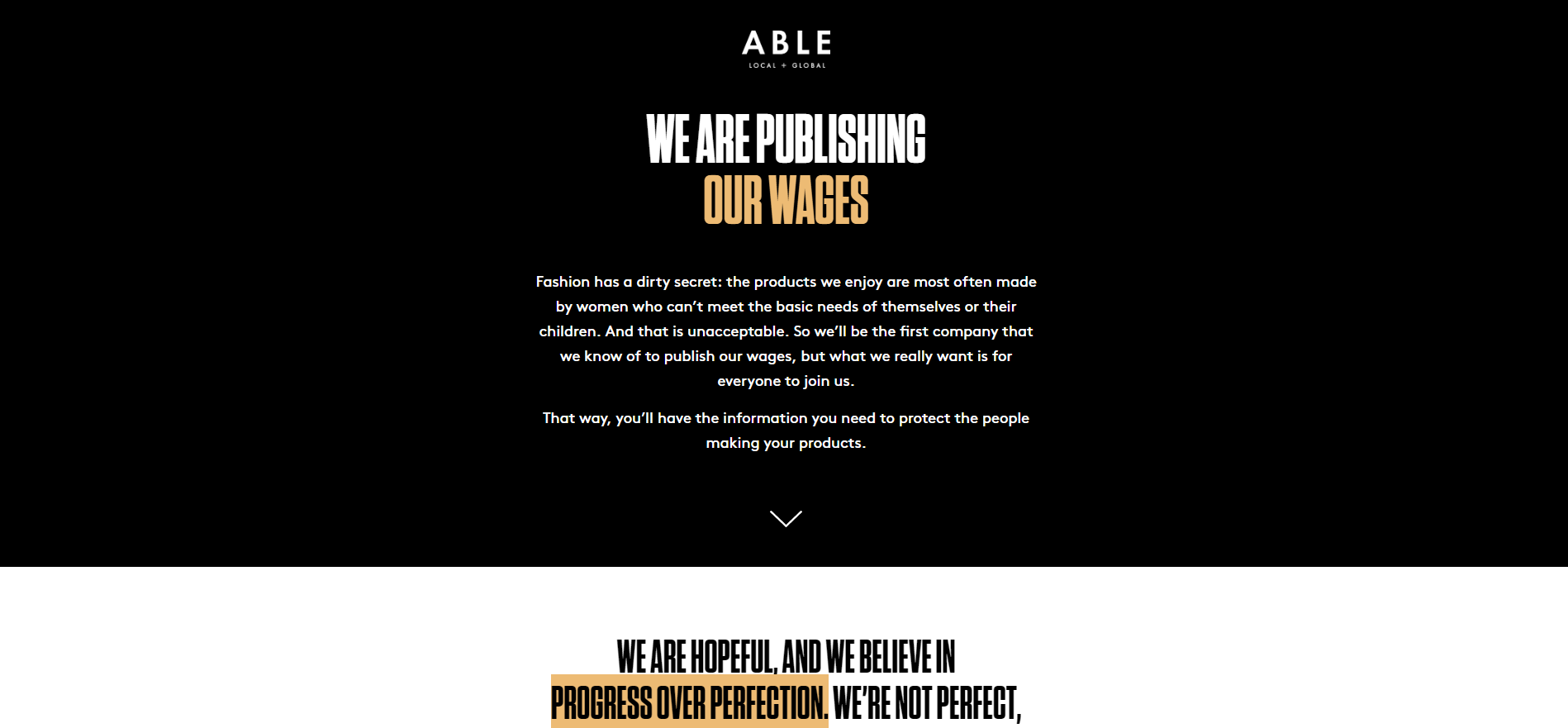Psychographic Targeting
While demographic targets define who your target is by age, gender, income, life stage, psychographic targets help us understand and focus on what drives purchase; in other words, how and why customers buy your product.
This type of target segmentation focuses on personality, values, attitudes, lifestyles, interests, and beliefs. You can learn about these things by researching and talking with current and potential customers.
The key is sorting out what’s important enough to people to drive purchase: That’s where the deepest connections between brands and their customers can be formed.
Some examples of things that are important enough to drive purchase decisions are living a student lifestyle, living a fitness focused lifestyle, believing in the importance of taking care of the environment, or ensuring fair trade practices. Here are some examples of targeting a student lifestyle and a fitness lifestyle:
Student lifestyle targeting: Keurig

Fitness lifesyle targeting: Gymshark

This communication from ABLE is an example of brand communication that targets people who are concerned with fair wages. They consider themselves a lifestyle brand targeting potential customers that believe in fair trade. Able does this through their commitment to supporting women and paying living wages. They publish their wages in the spirit of transparency so that people can see for themselves.
Fair trade practices
Using psychographic targeting to connect with customers can increase loyalty. Apple is a brand that has consistently done this by connecting with customers using messages like this:
The message: Apple products are innovative, stylish, and easy to use. They fit into and enhance your life and fuel your creativity.
Based on this message, many who use Apple products are loyal to the brand and would not consider buying another brand of phone or computer even when the Apple product is a higher price.

